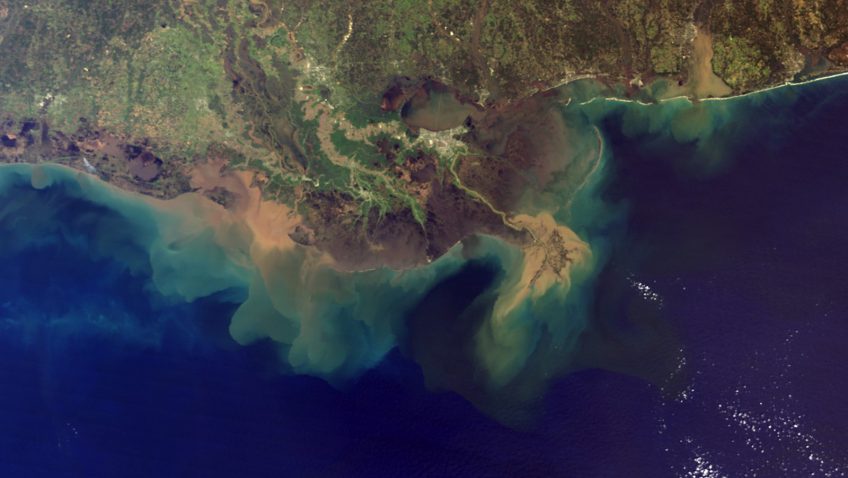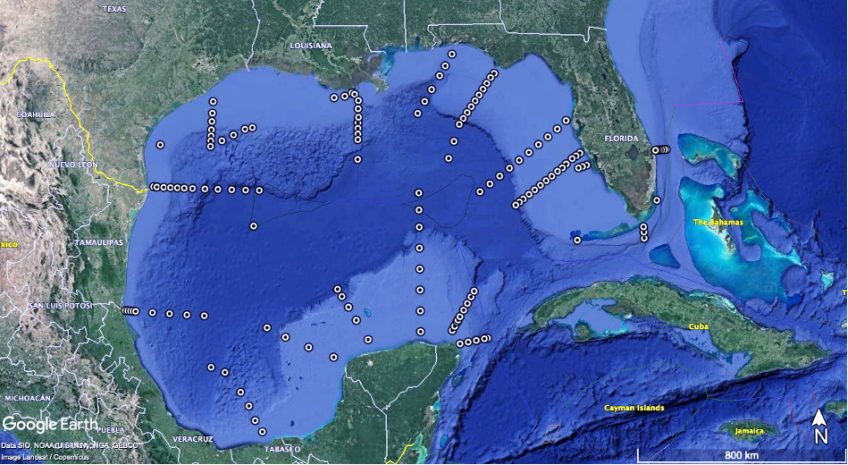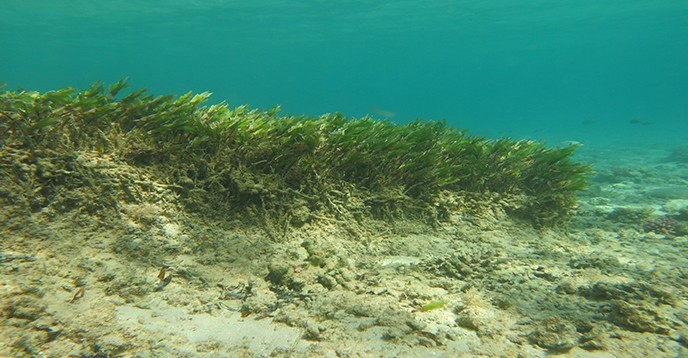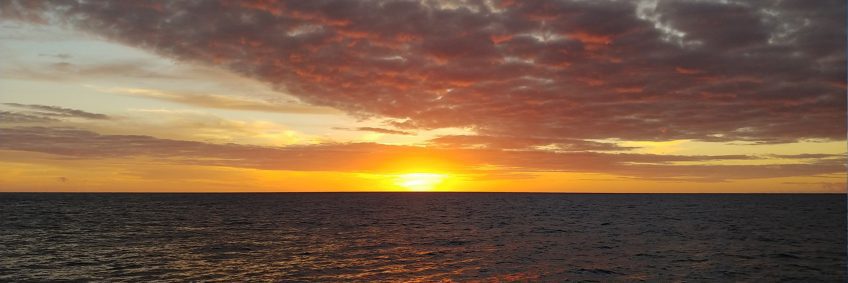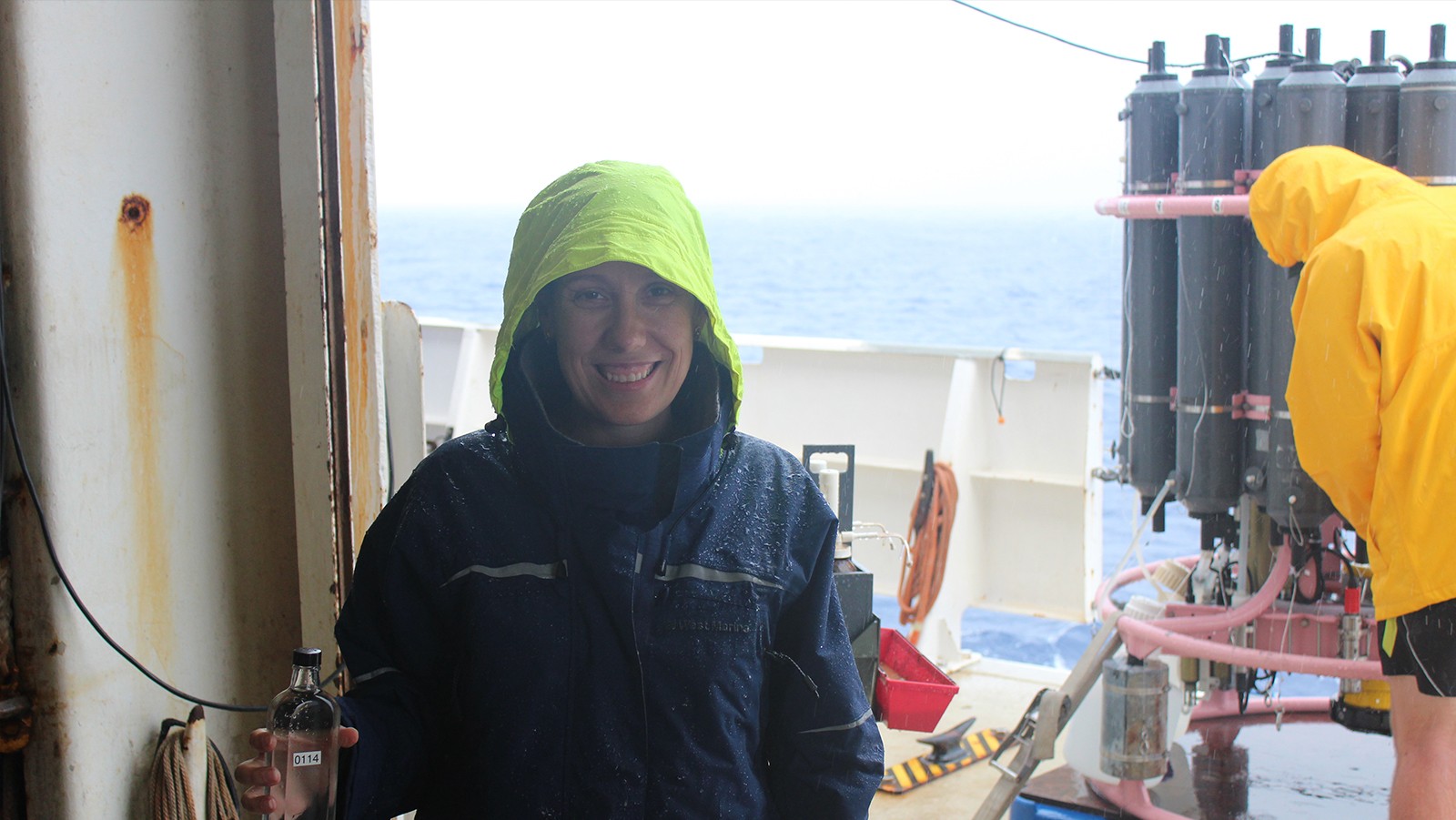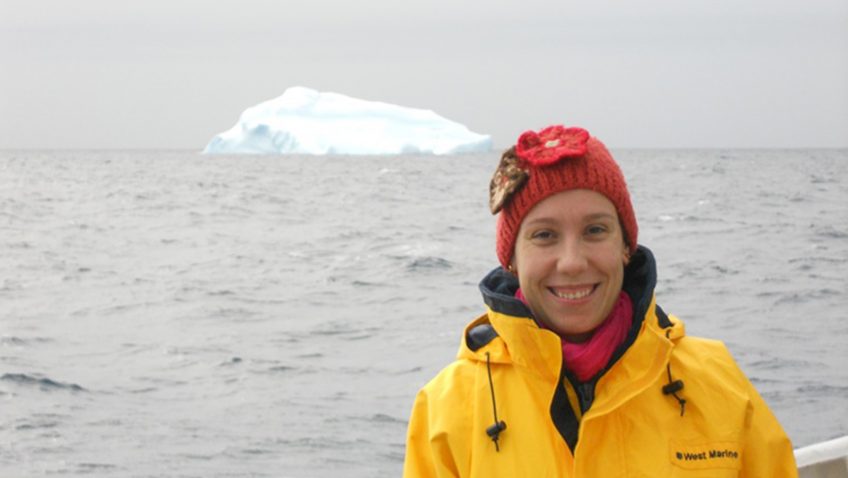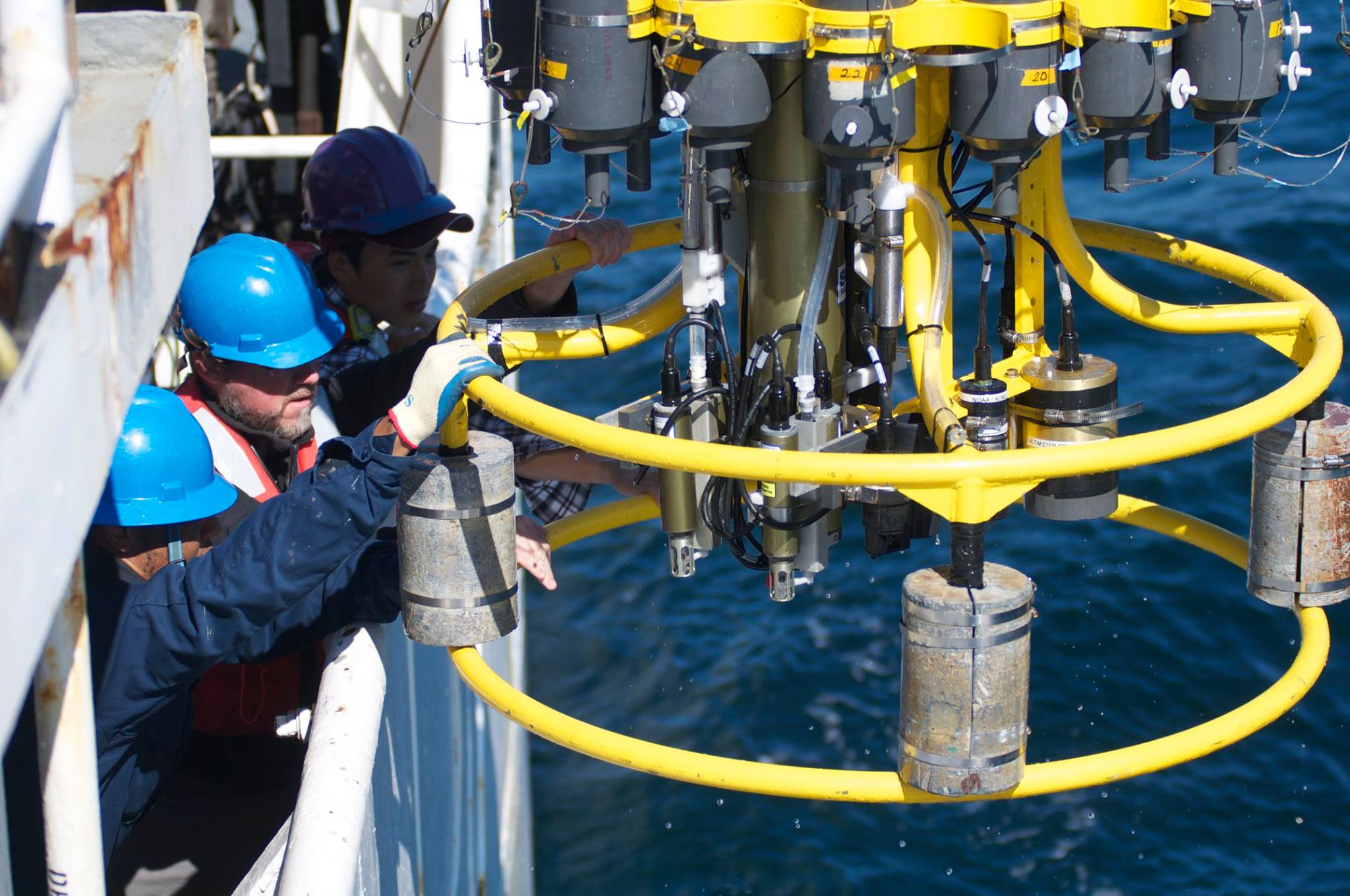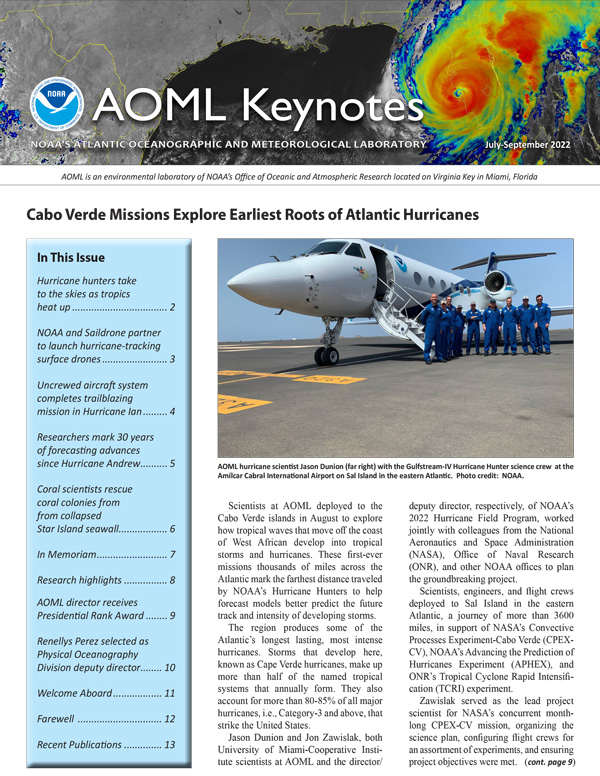River Runoff Creates a Buffer Zone for Ocean Acidification in the Gulf of Mexico
A new study by scientists at NOAA’s Atlantic Oceanographic and Meteorological Laboratory (AOML) and Northern Gulf Institute (NGI) has revealed the alkalinity of river runoff to be a crucial factor for slowing the pace of ocean acidification along the Gulf of Mexico’s northern coast. This valuable, first-time finding may be indicative of ocean carbon chemistry patterns for other U.S. coastal areas significantly connected to rivers.
